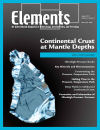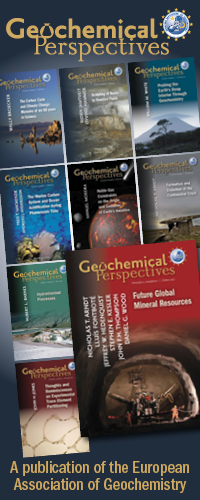
The story told in this issue developed from a simple observation under the microscope and the curiosity of a scientist to find out what the “weird inclusions” he was looking at were. The identification of these inclusions changed the way we thought the continental crust was behaving.
“The discovery of diamond and coesite in crustal rocks is compelling evidence that continental material has experienced pressures that can only be achieved at mantle depths. At least 20 terranes of unequivocal continental crust containing diamond or coesite are now recognized around the globe; their study constitutes a new field in petrology called ultrahigh-pressure metamorphism. The idea that continents do not subduct has given way to the notion that Earth has been sufficiently cool since the Cryogenian (~850 Ma) to allow density changes to drive continental crust into the mantle during collision. Some of this crust is exhumed to the surface, some pools at the Moho, and the rest sinks into the mantle. In this issue, microscopic observations, phase- equilibrium modeling, geochronology, and geodynamic modeling track the journey of crustal rocks to the mantle and back to Earth’s surface.”

















